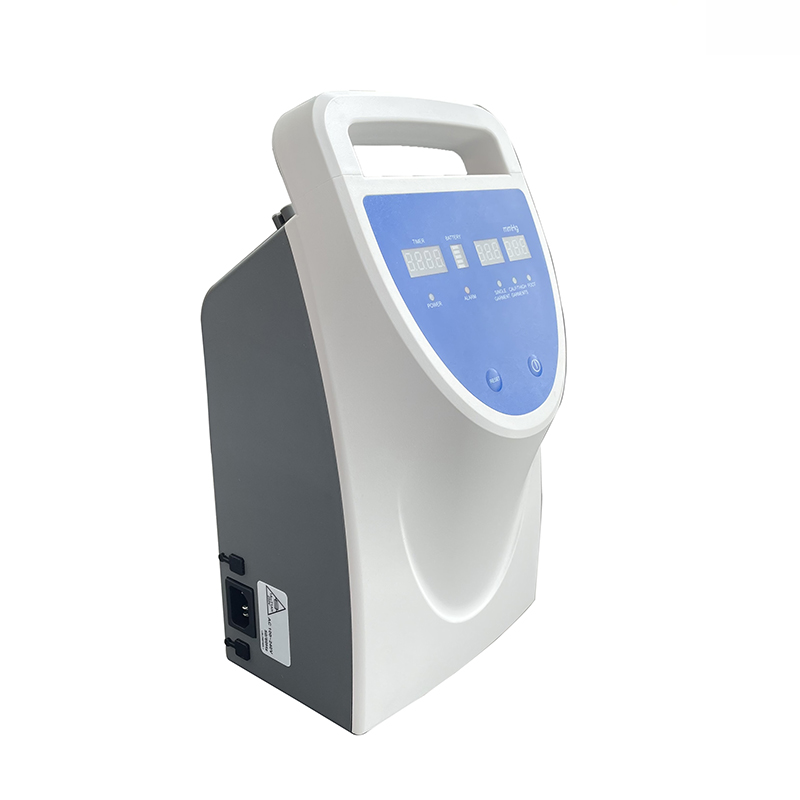Deep vein thrombosis (DVT) is a common condition in which blood clots form in deep veins, most commonly in the legs. These blood clots can cause pain, swelling, and in some cases, can be life-threatening if they rupture and travel into the lungs.
One of the most effective ways to prevent and treat DVT is to use compression therapy, especially with the help of a DVT compression device. These devices are designed to improve circulation, reduce swelling, and prevent blood clots from forming. In this article, we will discuss the functions and applications of DVT compression devices and provide a step-by-step guide on how to use them effectively.
DVT compression device functions:
DVT compression devices are mechanical devices that apply pressure to the legs and feet to improve blood flow. These devices work by mimicking the natural contraction and relaxation of muscles, which helps move blood through the veins more efficiently. The pressure exerted by a compression device also helps keep blood vessels open and prevent blood pooling.
Applications of DVT compression device:
DVT compression devices are commonly used in hospitals and medical facilities, especially for patients who are immobile due to surgery or illness. However, they can also be used at home by individuals who are at high risk for deep vein thrombosis or who have been diagnosed with the condition.
Here are the steps to effectively use a DVT compression device:
1. Consult a healthcare professional: Before using the DVT compression device, you must consult a healthcare professional, such as a doctor or nurse. They will evaluate your condition, determine whether compression therapy for DVT is right for you, and provide the necessary instructions for proper use.
2. Choose the right equipment: There are many types of DVT compression equipment available, including compression stockings, pneumatic compression equipment, and sequential compression equipment. Your healthcare professional will help you choose the most appropriate device based on your specific needs.
3. Prepare the device: Read the manufacturer’s instructions carefully to understand how the device works and how to prepare it for use. Some devices may need to be charged or settings adjusted before use.
4. Correct positioning: Find a comfortable, relaxed position, either sitting or lying down. Make sure the area where you plan to use the compression device is clean and dry.
5. Use the device: Follow the manufacturer’s instructions and place the compression device around the affected leg or limb. It is important to position the equipment correctly to ensure optimal pressure distribution.
6. Start the compression device: Depending on the device type, you may need to manually turn it on or use the control panel to adjust settings. Start with the lowest pressure setting and gradually increase to a comfortable level. Avoid setting the pressure too high as it can cause discomfort or restrict blood circulation.
7. Wear the device for the recommended time: Your healthcare professional will advise you on how often and for how long you should wear the device. Follow their instructions carefully to ensure the treatment is effective. Remember to take a break if needed and follow the instructions to remove the device.
8. Monitor and maintain equipment: Check equipment regularly for signs of damage or malfunction. When not in use, clean according to manufacturer’s instructions and store in a safe place.
By following these step-by-step instructions, you can effectively use a DVT compression device to prevent and treat DVT. However, it is important to remember that pressure therapy should always be performed under the guidance of a healthcare professional. They will monitor your progress, make necessary adjustments, and ensure that treatment is safe and effective for your specific situation.
In summary, DVT compression devices play a vital role in the prevention and treatment of deep vein thrombosis. Understanding its functions, applications and following proper usage guidelines are essential to maximizing its benefits. If you are at risk for DVT or have been diagnosed with the condition, talk to a health care professional to determine if DVT compression therapy is right for you and to get appropriate guidance on how to use these devices effectively.
Post time: Nov-29-2023


